Submitted Review
‘…remind institutions of the rich contribution of women artists to the cultural life of the nation’
Group Exhibition ‘Know My Name: Australian Women Artists 1900 to Now’
Know My Name is a year-long initiative by the National Gallery of Australia (NGA) designed to draw attention to gender inequity in cultural institutions, an imbalance they acknowledge extends to themselves. The venture consists of a series of major projects and activities centring on women’s artistic practice. At its core is Know My Name: Australian Women Artists 1900 to Now. This two-part exhibition draws substantially on the NGA’s own collections, augmented by some loans and new acquisitions to “[tell] a new story of Australian art”.
That may be over-egging the pudding a little. Part 1 of the exhibition unpacked a narrative about the history of women’s practice that relied heavily on forty years of feminist art historical scholarship. Opening with a salon hang of 120 years of women’s portraits, Part 1 explored such issues as women artists’ relationships with land and the environment, the contribution of women to the development of modernism in the interwar years, the politics of collaboration and community projects and issues of representation and gender. If the exhibition told us nothing new, some of its curatorial strategies were refreshing, particularly the strong commitment to the voices of indigenous artists. This was affirmed from the beginning by the dedication of the first rooms in the show to the Tjanpi Desert Weavers Seven Sisters installation and the Ken Family Collective, providing a reference point for everything else that was to come.
Another major strength of Part 1 was the opportunity it gave to women artists to speak to their own lineages through reconstructions, reenactments and reworkings of earlier projects. Micky’s Room re-imagined Micky Allan’s 1978 installation Photography, drawing, poetry: A live-in show. Jo Lloyd’s performance Archive the Archive, responded to the work of 1970s performance artist Philippa Cullen. In Cries from the Tower Redux Barbara Campbell collaborated with Agatha Gothe-Snape and Clare Grant in a reworking of an important early performance in her career. All these projects in their different ways handed agency back to the artists and gestured to the ways in which histories are mutable, living constructs that we all actively participate in.
Part 2, which opened in June, is installed in a space that has been reconfigured to accommodate Project 1: Sarah Lucas, part of the Know My Name program. It lacks the focus of Part 1, reflected in the much looser themes around which each room is organised. At best these are general enough to allow for some latitude in the hang but sometimes become too nebulous to be meaningful.
Nevertheless, Part 2 does provide some strong curatorial moments. One of the most successful rooms, organised under the rubric Meaning and Materiality, opens up an unexpected and rewarding material dialogue between Simryn Gill’s Forking Tongues, a spiralling floor installation of cutlery and red chilis, and three walls of mostly abstract paintings that include Jean Baptiste Apuatimi’s textured grids of natural pigments and Judith Wright’s large and fragile work on paper, A Continuing Fable.
Part 2 also goes some way to redress the lack of craft and design in the previous hang. Ewa Pachucka’s monumental textile work Landscape and Bodies and Mona Hessing’s sculptural tapestry Scoop have been long neglected and it is wonderful to have the opportunity to see them together, even if their installation has been compromised by the too-small space assigned to them. Indeed, a strong thread of craft from the 1970s informs Part 2, with a suite of Marea Gazzard ceramic sculptures installed in the entrance to the exhibition and textile works by Roma Center and Solvig Baas-Becking in a gallery adjacent to the work of Pachucka and Hessing. The presence of these textile works provides a kind of historical counterpoint for the nearby double-sided sewn assemblages of Natalya Hughes, which seem to refer obliquely to the ways in which women’s domestic needlework informed the work of so many women artists working a generation earlier.
There is a good argument to say that large omnibus exhibitions such as this have outlived their usefulness as a strategy for making the work of women artists visible. If their purpose is to remind institutions of the rich contribution of women artists to the cultural life of the nation, why hasn’t that task already been achieved by similar exhibitions that have preceded it? The blockages to change are higher up in the institution, where power structures that favour the collection of male artists have not yet caught up with the conversations that are being conducted at curatorial level.
At the time of writing, Canberra has been plunged into its second lockdown, so for the moment Part 2 is closed to viewers. It seems a particularly wicked cosmic trick, given that the contribution of women artists has for so long been shaped by silence and invisibility. Perhaps the best way to think of the power of Know My Name is to imagine that indeterminate moment in the future when the gallery lights will go on again and the work will still be there. Hopefully in that moment the NGA will recognise that this time it isn’t going away.
AMB
Anne Brennan
Images 1-2: Installation Know My Name
Images 3-4: Natalya Hughes, Eileen From Potts Point (2019)
Image 5: Ewa Pachucka, Landscape and Bodies (1972), detail.
Image 6: Mona Hessing, Scoop (1972), detail.
Image 7: Simryn Gill, Forking Tongues (1992), detail.
Image 8: Jean Baptiste Apuatimi, Jikapayinga (2007)
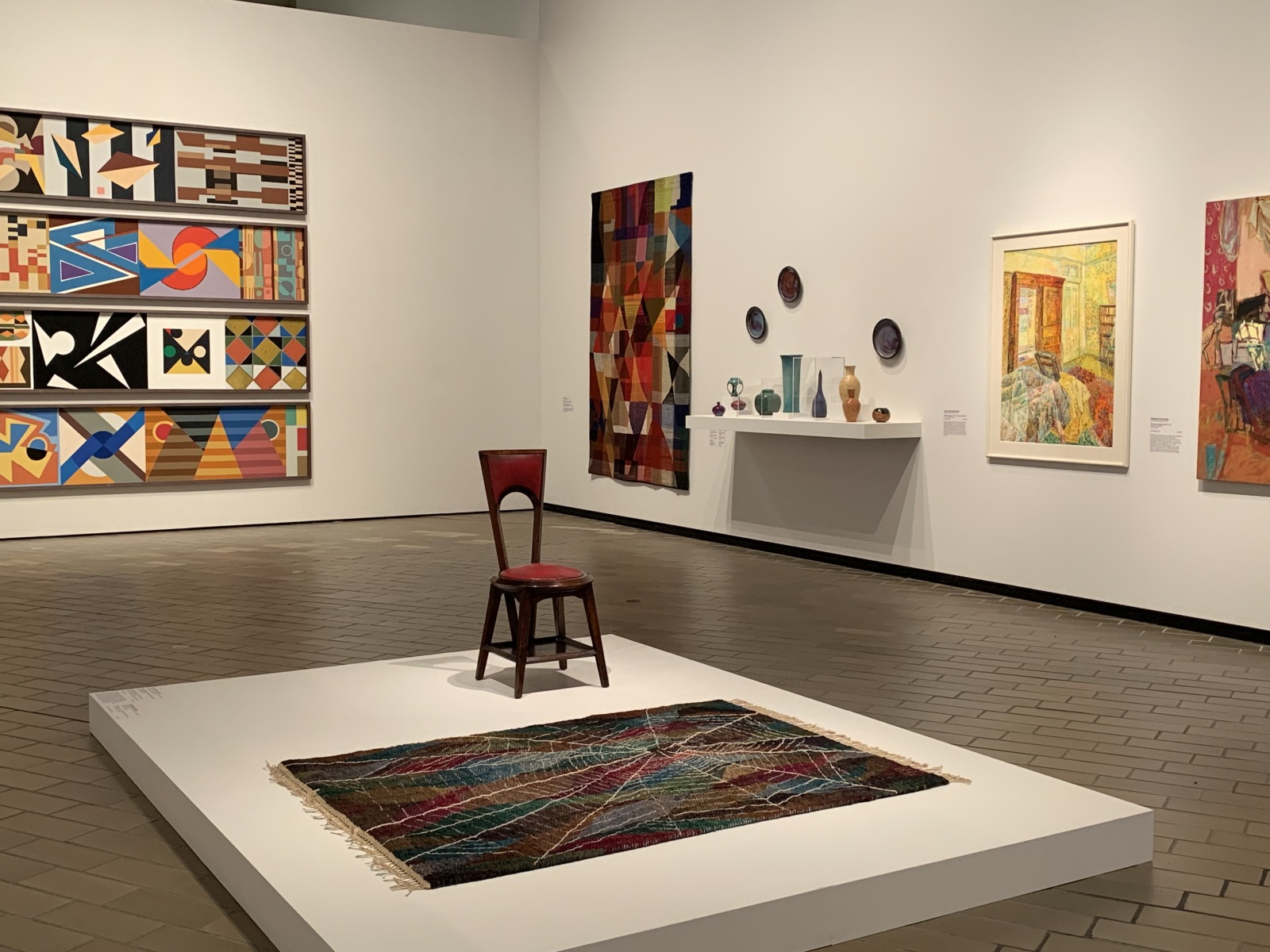
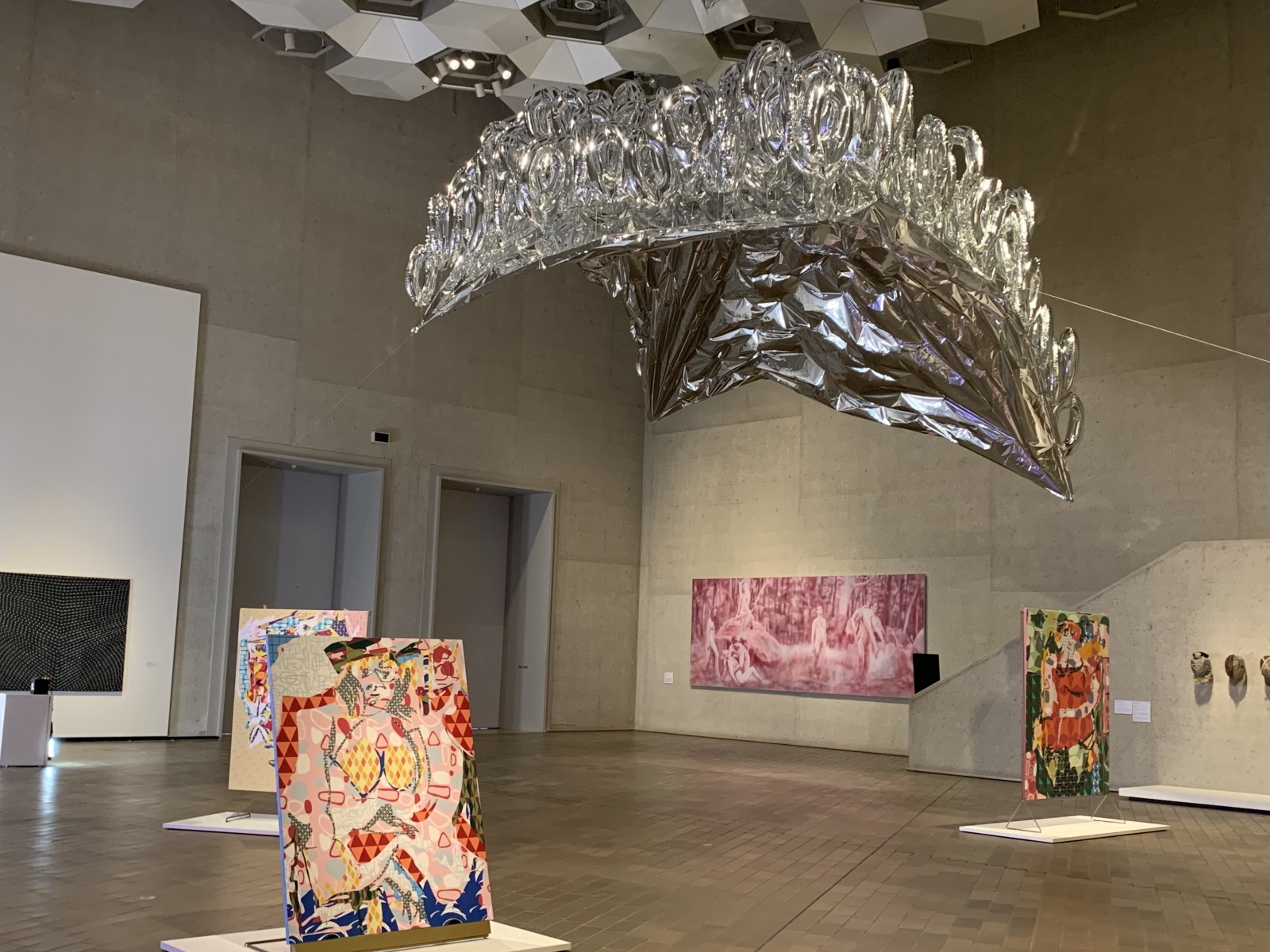
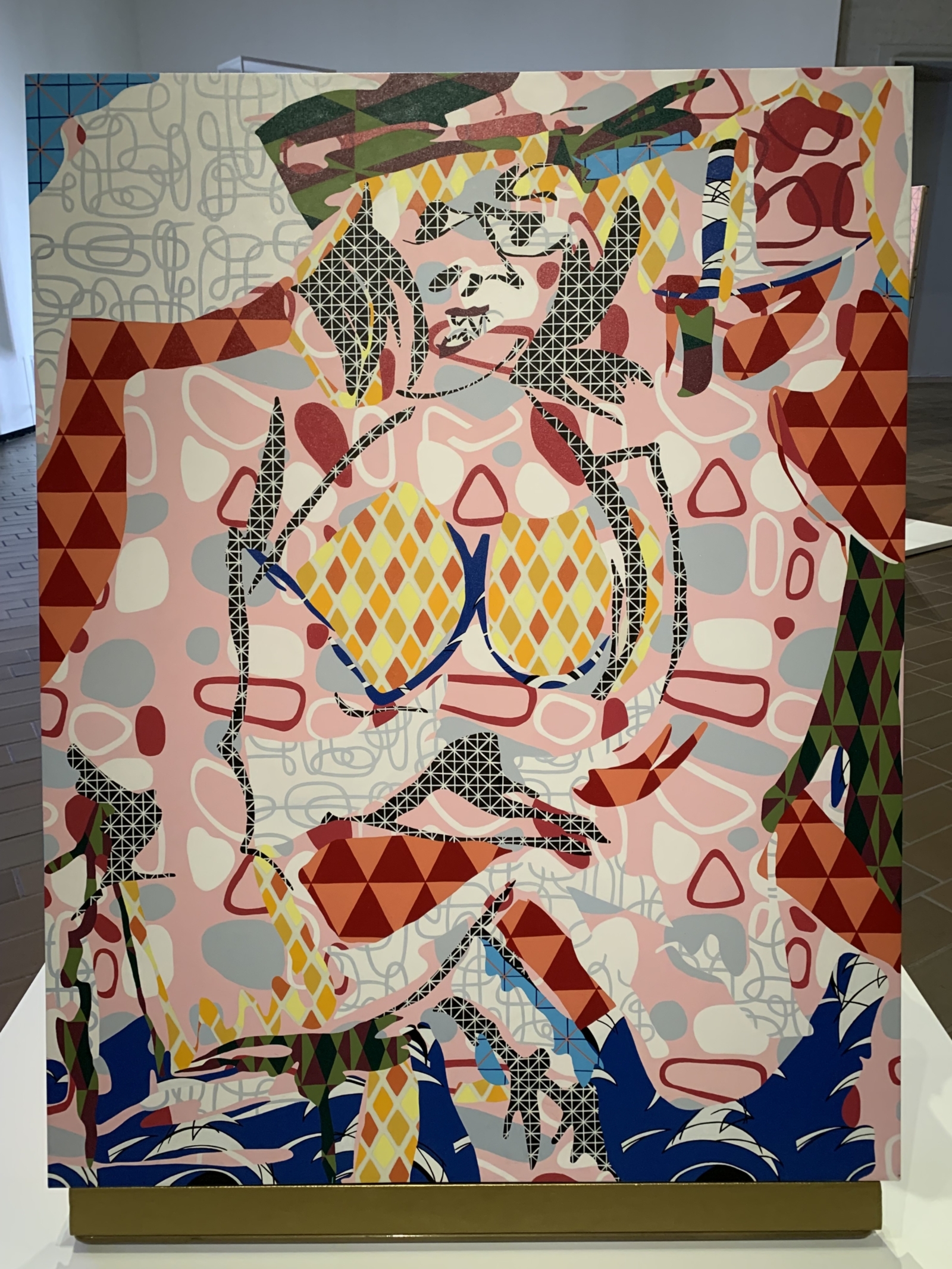
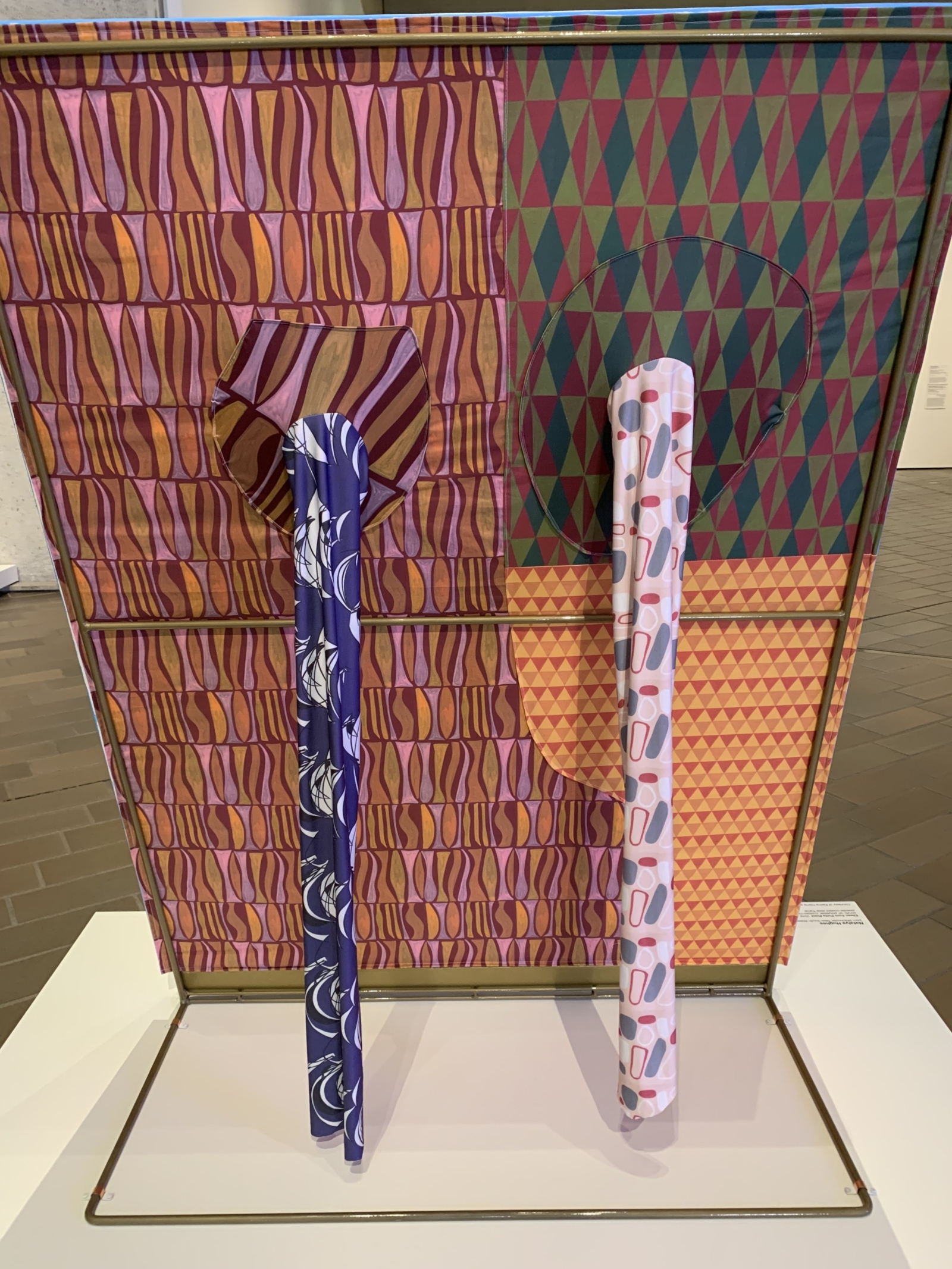
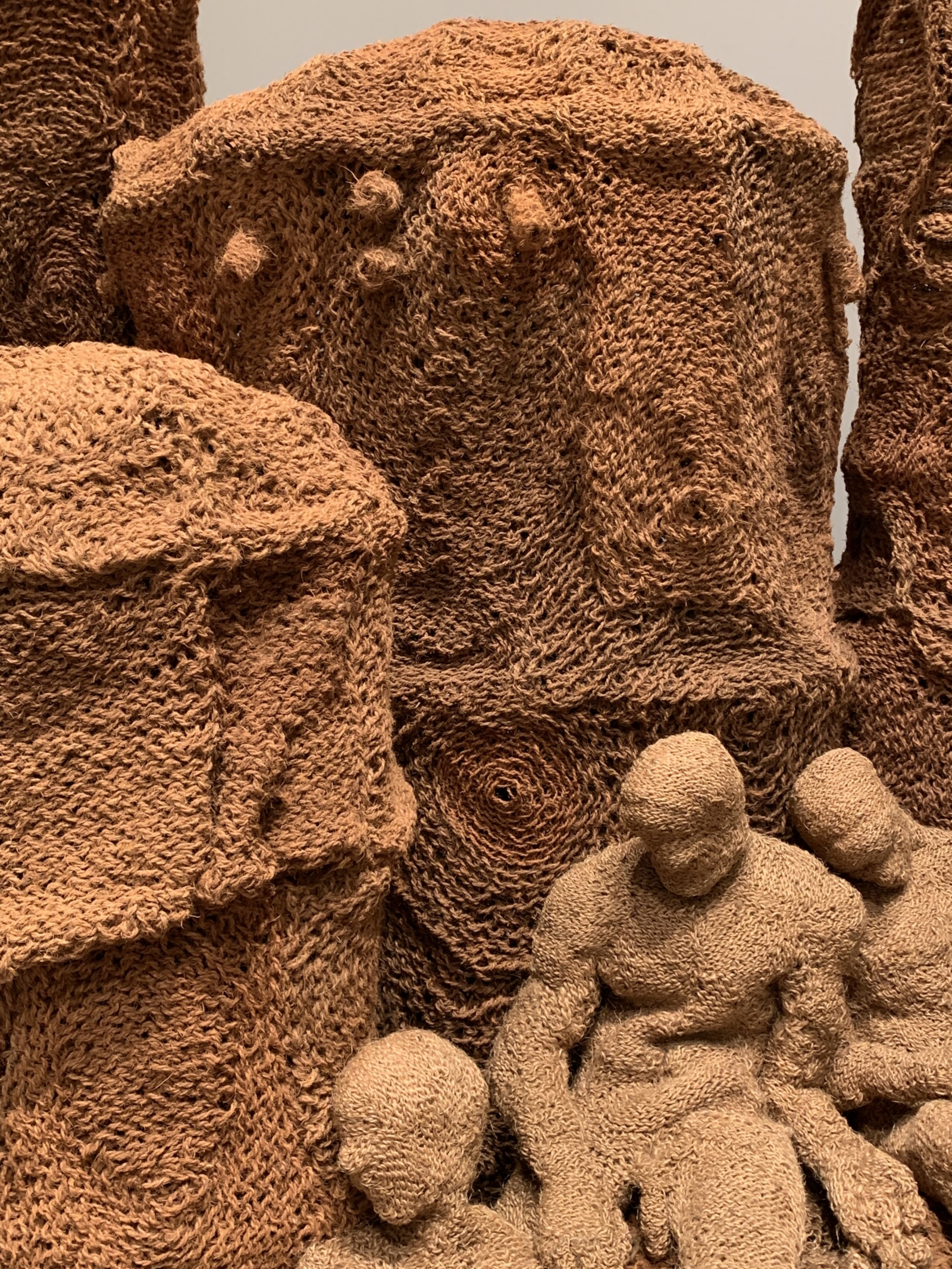
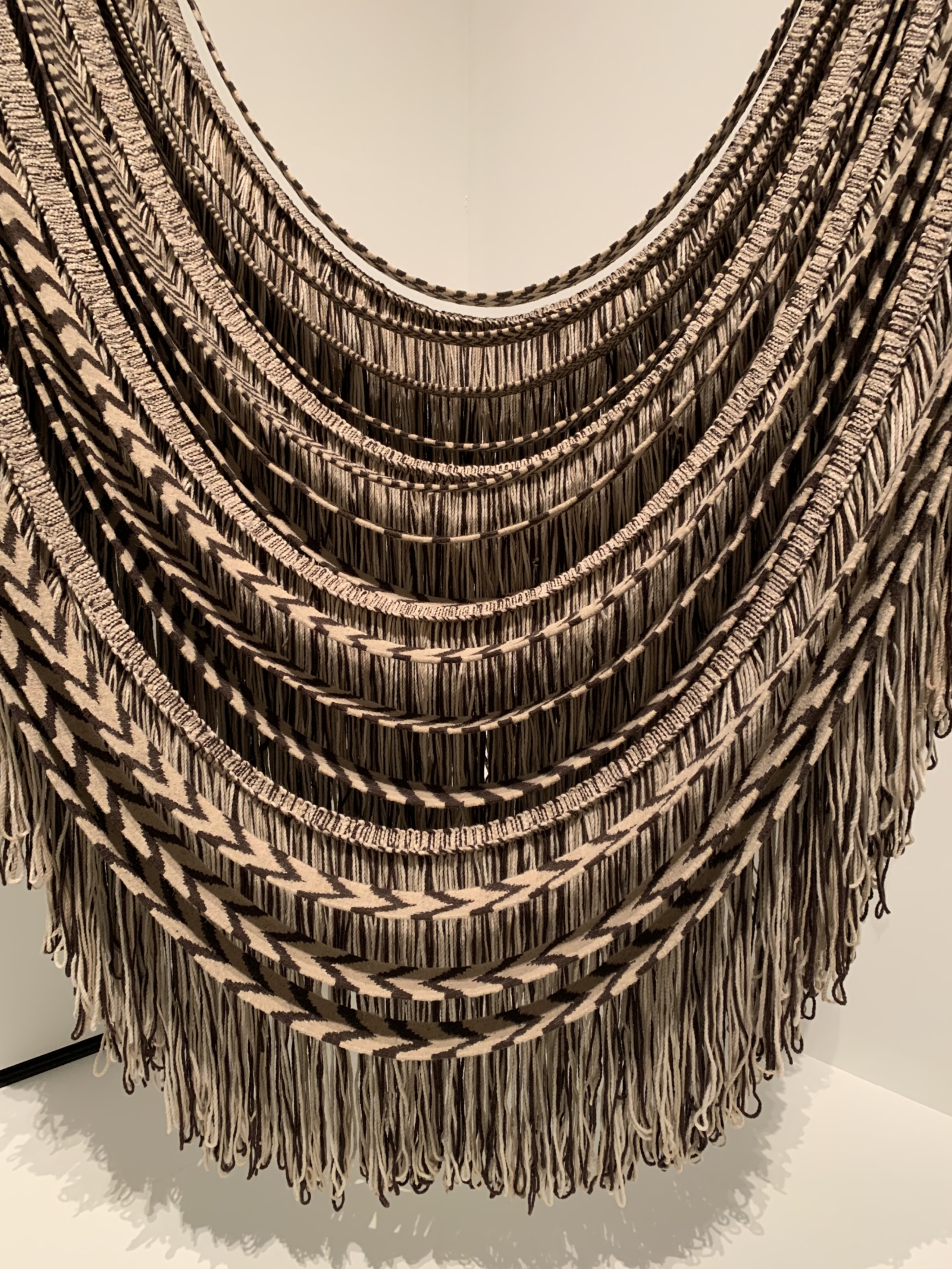
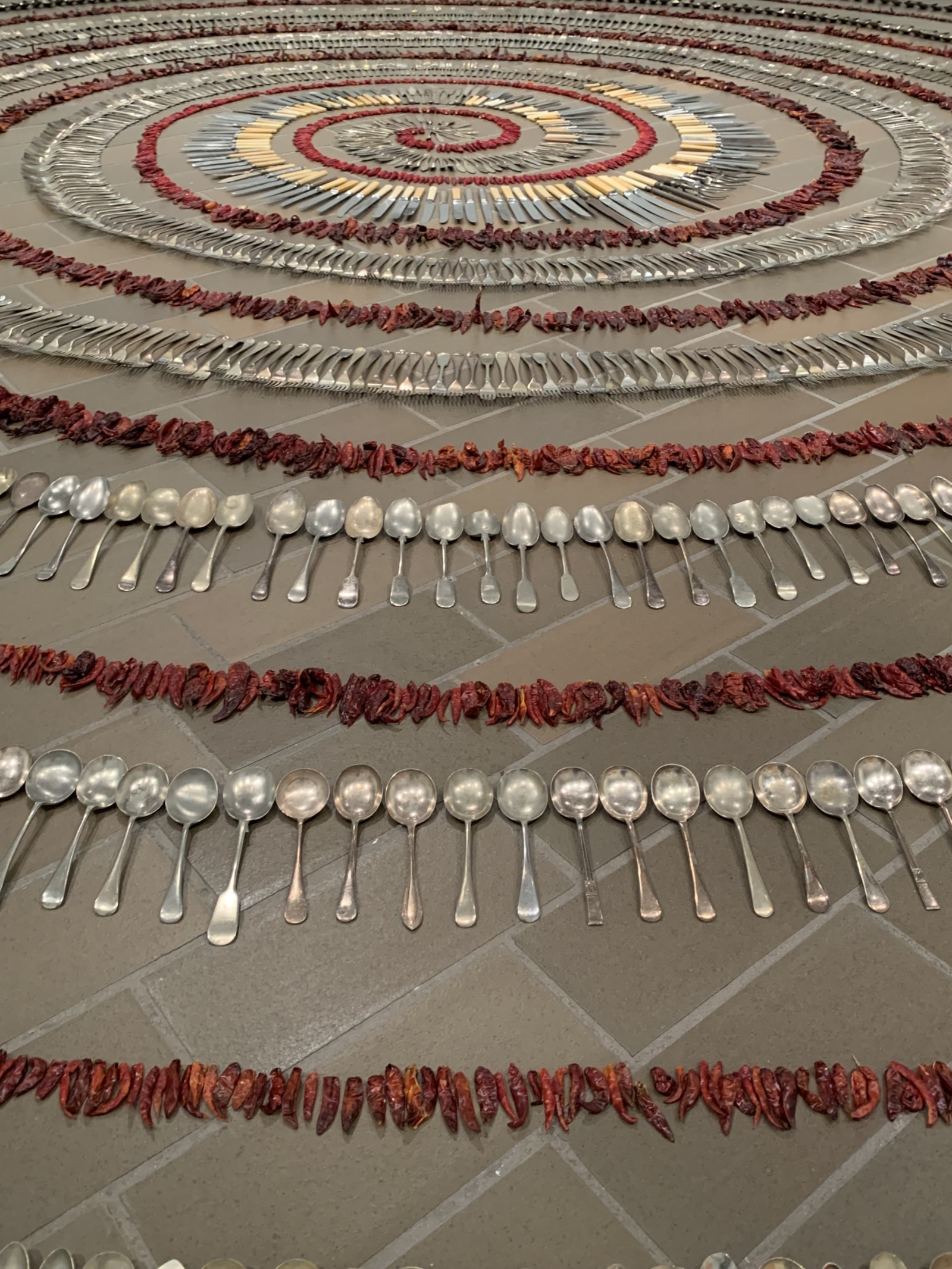
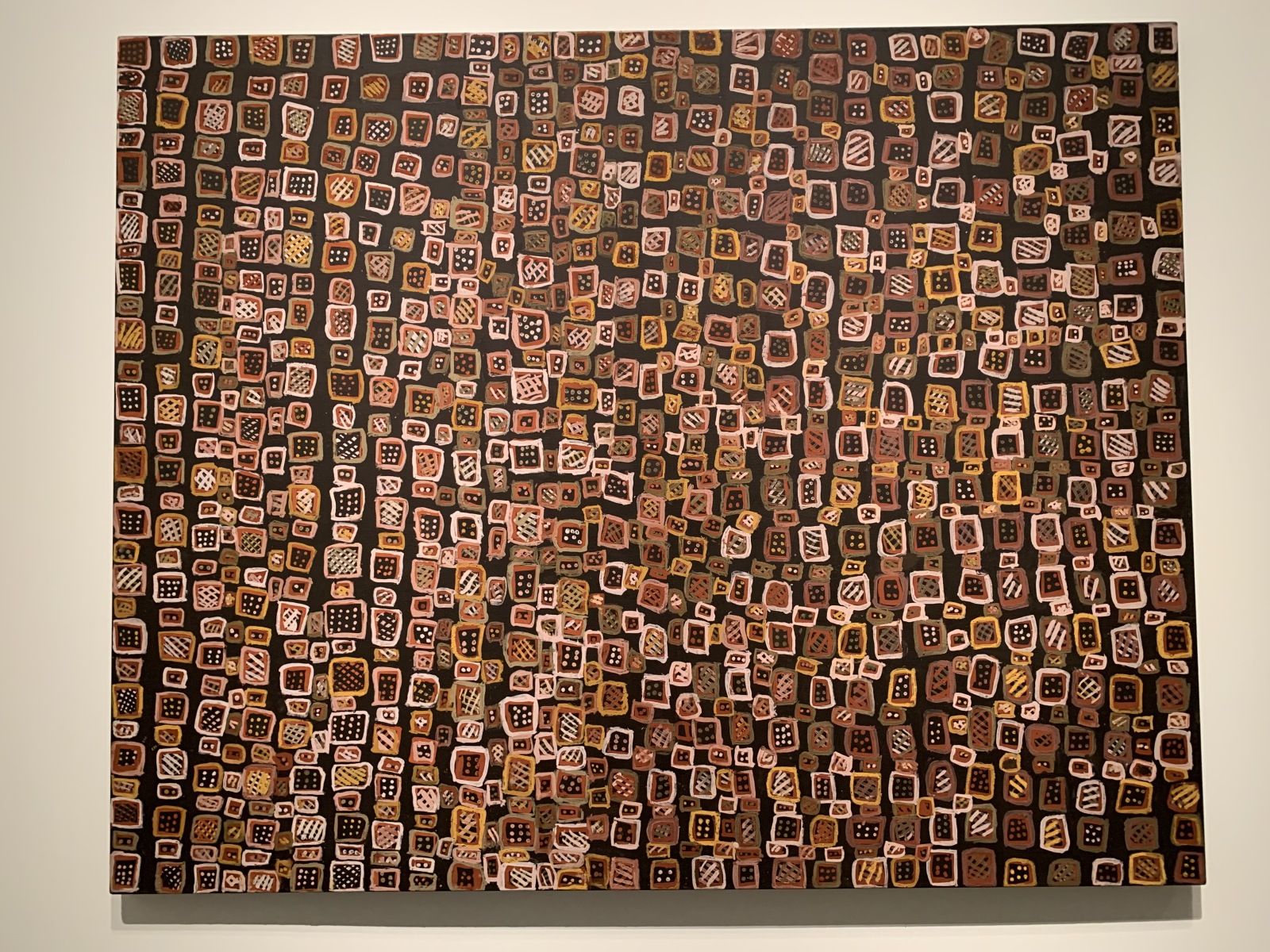
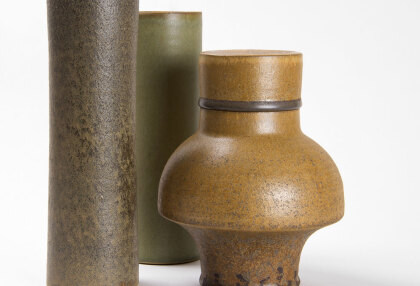
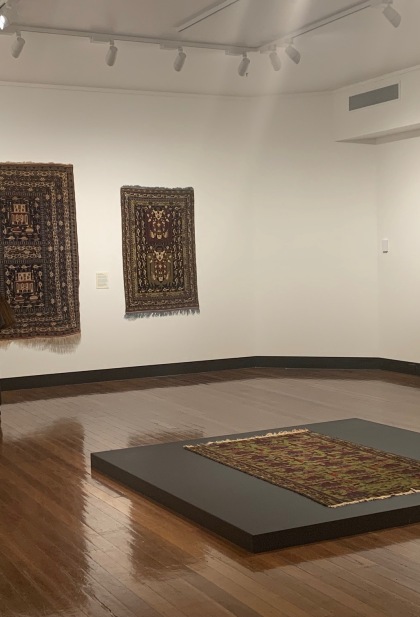
No Comments